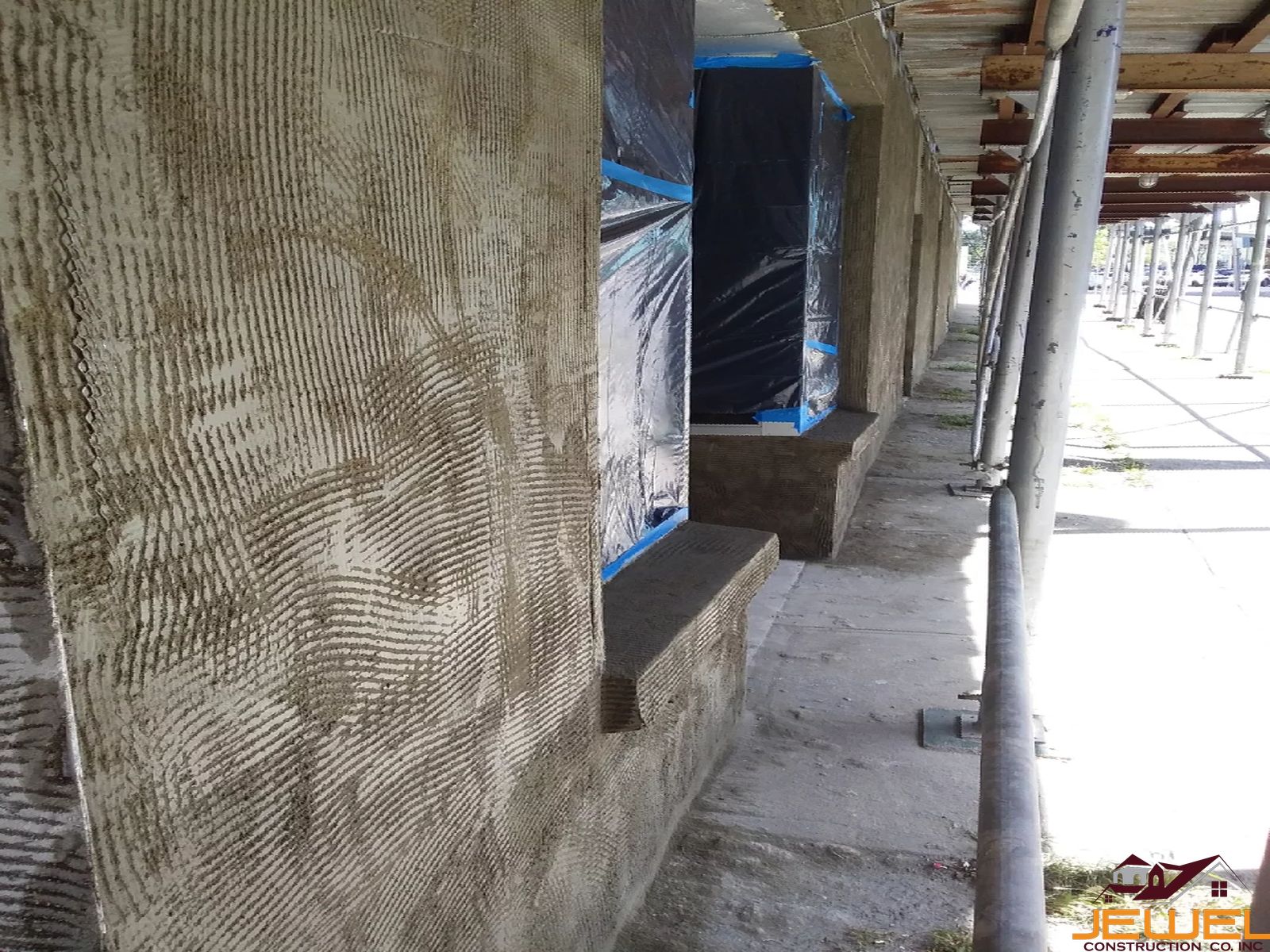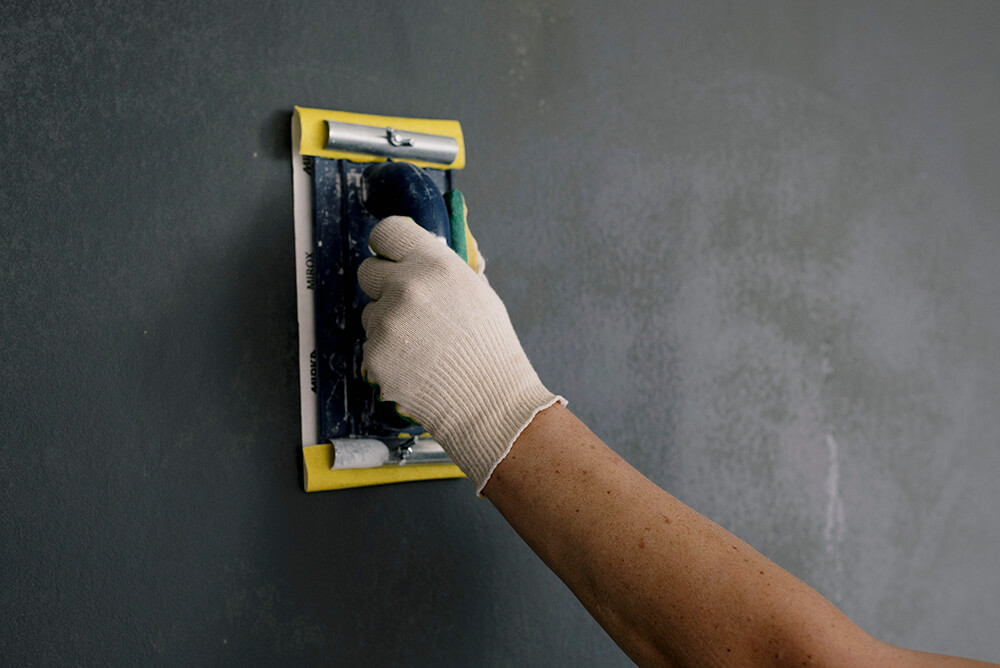Typical Blunders to Stay Clear Of When Choosing a Stucco Contractor for Your Home
Wiki Article
Checking Out the Flexibility of Stucco in Modern Design
Stucco has long been recognized for its aesthetic charm and versatility, yet its role in modern-day architecture warrants a closer examination. This product, historically significant in different architectural activities, now functions as a versatile solution that boosts both the functional and visual aspects of contemporary frameworks. By exploring its cutting-edge applications, from striking exteriors to energy-efficient designs, one can appreciate just how stucco is redefining the limits of building expression. This conversation will uncover not only its transformative potential but also the challenges it deals with in a developing industry.Historic Significance of Stucco
The historical value of stucco is profound, as it has played a crucial role in architectural techniques throughout various cultures for centuries. Coming from ancient worlds, stucco was made use of by the Egyptians and Greeks as a versatile and long lasting finish for both interior and outside surface areas. Its flexibility to different climates and ability to imitate a lot more pricey products made it a favored choice.In the Roman age, stucco came to be a key decorative element, utilized thoroughly in public structures, suites, and holy places. The Romans improved the application strategies, enabling intricate designs and alleviation sculptures. Throughout the Renaissance, stucco experienced a revival, particularly in Italy, where it was employed in fancy facades and ornamental details, showcasing the artistry of the duration.

Modern Applications in Design
Stucco has actually discovered restored significance in modern-day architecture as a result of its convenience and visual allure (stucco contractor). This traditional material is significantly utilized in contemporary style, linking the void between modern-day and classic looks. Designers and designers appreciate stucco for its versatility, permitting it to be used in various styles-- from minimalist structures to clarify Mediterranean layouts
In household projects, stucco provides a clean, smooth surface that improves the aesthetic communication of exteriors. Its capacity to adapt different shapes and surface areas makes it a suitable choice for both new constructions and remodelling tasks. Additionally, stucco's longevity and reduced upkeep needs add to its expanding appeal in metropolitan setups, where durable products are essential.
Commercial applications have likewise accepted stucco, with lots of organizations choosing this product to produce inviting and distinctive shops. Using stucco in public buildings, such as institutions and recreation center, showcases its possibility for developing aesthetically appealing environments while supplying exceptional insulation properties.
Shade and Appearance Advancements
Exploring color and texture innovations in stucco has actually opened up new methods for engineers and designers, enhancing the product's visual impact in modern building and construction. Current developments in pigment technology have actually allowed for a bigger range of shades, allowing designers to produce striking facades that incorporate perfectly with their environments or stand apart visit site as vibrant architectural declarations. This versatility in shade selection supplies designers the ability to stimulate details emotional feedbacks and harmonize with local looks.Texture advancements have likewise changed stucco applications. Methods such as shoveling, spraying, and stamping have actually led to diverse surface area finishes, ranging from smooth and improved to rugged and responsive. These variations not just add to the building's character yet additionally play a critical function in light interaction, improving the aesthetic deepness and dimensionality of surface areas.
In addition, the intro of artificial stucco options has increased layout possibilities, using improved resilience and weather resistance while keeping aesthetic allure. As engineers remain to explore innovative color palettes and textured coatings, stucco remains a critical aspect in contemporary architecture, showcasing the product's adaptability and classic importance in contemporary design.
Sustainability and Energy Performance
Advancements in color and structure have not just improved the aesthetic allure of stucco but additionally led the way for higher emphasis on sustainability and energy efficiency in modern architecture. As environmental concerns come to be increasingly noticeable, the construction market is turning its focus to products that add favorably to environmental equilibrium.Stucco, composed mainly of natural products such as sand, cement, and lime, uses a lasting option to more resource-intensive building materials. Its longevity and sturdiness decrease the need for constant replacements, thereby reducing waste and source usage over time. Modern-day stucco formulas commonly include energy-efficient ingredients that enhance insulation buildings, minimizing home heating and cooling prices for structures.
The reflective qualities of stucco can also be crafted to minimize warmth absorption, adding to cooler indoor environments and less dependence on synthetic environment control systems. By promoting power conservation and reducing the carbon footprint of frameworks, stucco aligns with the principles of sustainable design. As engineers and home builders adopt environment-friendly techniques and ingenious methods, stucco stands out as a flexible and accountable option in modern layout.

Study of Stucco Projects
The flexibility of stucco as a building product is exhibited in different successful building jobs that highlight its aesthetic and functional benefits. One remarkable instance is the remodelling of the historic Casa de la Guerra in Santa Barbara, California. Making use of stucco not just protected the structure's Spanish Colonial Revival design yet likewise boosted its durability and weather condition resistance, making sure longevity while maintaining building stability.
An additional compelling instance is the contemporary domestic task, the Cactus Home in Scottsdale, Arizona. stucco contractor. This striking home features a smooth stucco surface that harmonizes with the surrounding desert landscape. The stucco's light shade shows warmth, adding to energy effectiveness, description while the distinctive surfaces include aesthetic interest
In Addition, the Kings Cross redevelopment in London showcases the adaptability of stucco in city settings. The application of stucco on contemporary mixed-use structures produces a natural aesthetic that appreciates historic context while embracing modern design principles.
These study demonstrate how stucco can offer various architectural functions, from conservation and energy effectiveness to visual improvement, making it a versatile choice in contemporary style.
Conclusion
 In verdict, stucco's historic value and modern-day convenience make it a useful product in modern design. As demonstrated via numerous instance researches, stucco continues click here for more info to play an important role in forming the architectural landscape of the modern era.
In verdict, stucco's historic value and modern-day convenience make it a useful product in modern design. As demonstrated via numerous instance researches, stucco continues click here for more info to play an important role in forming the architectural landscape of the modern era.
In final thought, stucco's historic significance and modern flexibility make it a useful material in contemporary architecture.
Report this wiki page